Migraine In America 2017: Migraine Frequencies - Exactly How Different Are They?
We conducted a large survey of people who have migraine, and asked many questions about what it’s like living with different types of migraine. We then examined the type of migraine as characterized by frequences of occurence. The three segments we examined were episodic (1-9 migraine days/month), high-frequency episodic (10-14 migraine days/month), and chronic (15 or more days/month – represents 7.7% of the population) migraine.
Here are some highlights from what our community shared with us:
Common symptoms
Regardless of migraine frequency, people with episodic, high-frequency episodic, & chronic migraine listed head pain as their most concerning symptom. Additionally, 37% of respondents experienced aura during migraine attacks regardless of migraine frequency.
Differences
While head pain is the most commonly experienced migraine symptom, clumsiness, vertigo, and memory loss were also reported. People with chronic migraine experienced each of these three symptoms more frequently than people with high-frequency episodic and episodic migraine.
Triggers
People with migraine report a large number of triggers and have a number of strategies to avoid or manage them. Across the three types of migraine frequencies, people living with chronic migraine were most likely to avoid certain food and modify their diet & activities compared to people with high frequence or episodic migraine.
Pain and anxiety
When people are in pain, their ability to think can be negatively impacted leading to confusion, memory loss, or inability to focus. Pain and anxiety symptoms differed across migraine type, with high-frequency episodic and chronic migraine respondents experiencing more cognitive anxiety than episodic respondents.
Shared hopefulness
Despite the differences across chronic, high-frequency episodic, and episodic migraine patients, those who are aware of upcoming new treatments such as CGRPs are likely to express their hopefulness.
The Migraine In America 2017 online survey gathered insights from over 4500 individuals between April-May 2017 who were diagnosed with at least one type of migraine to better understand their diagnosis and treatment, as well as the impact on their lives.
Community Poll
Do you feel comfortable advocating for yourself to your healthcare provider?
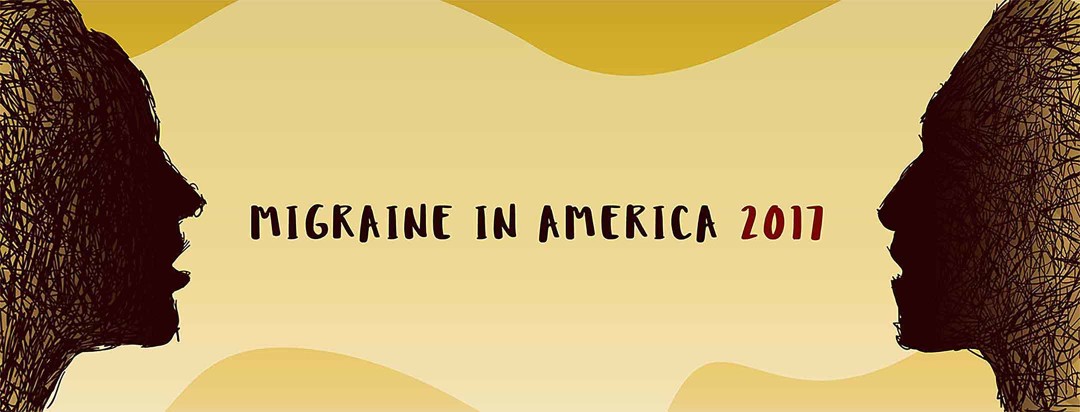
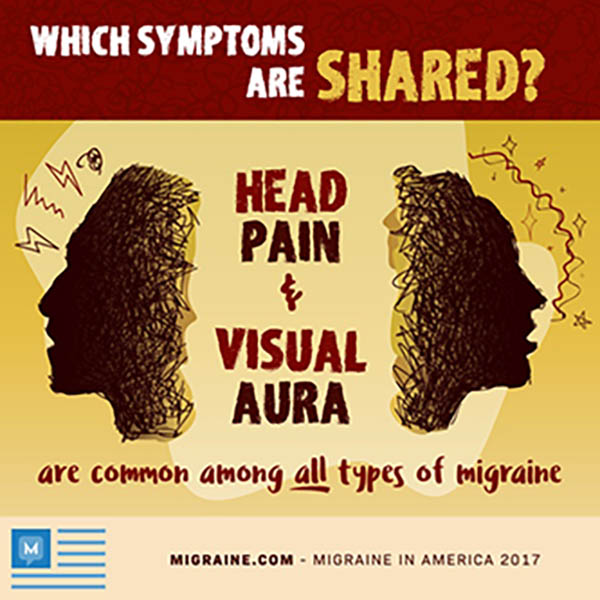
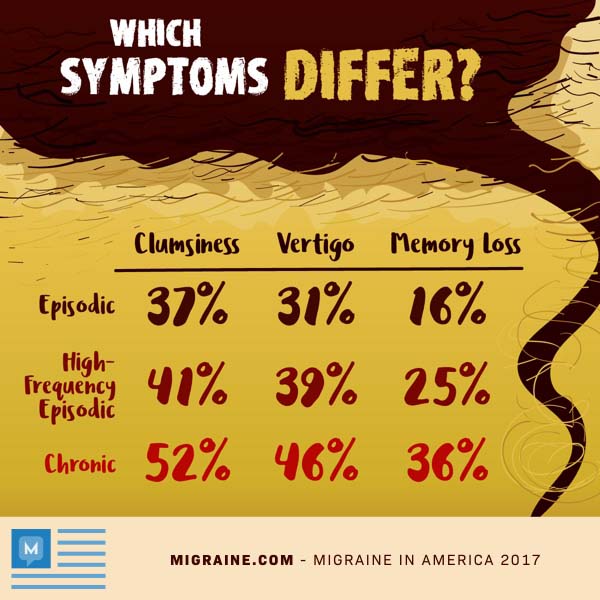
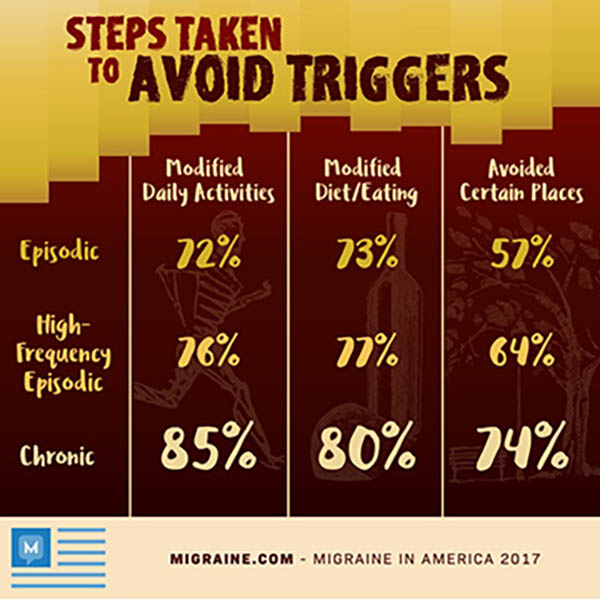
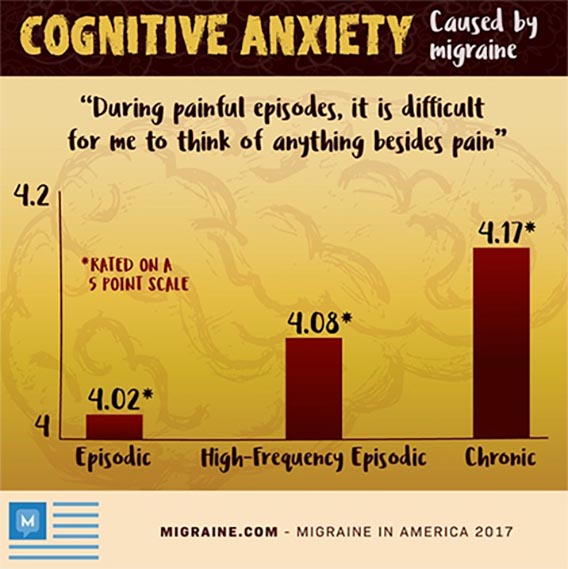

Join the conversation